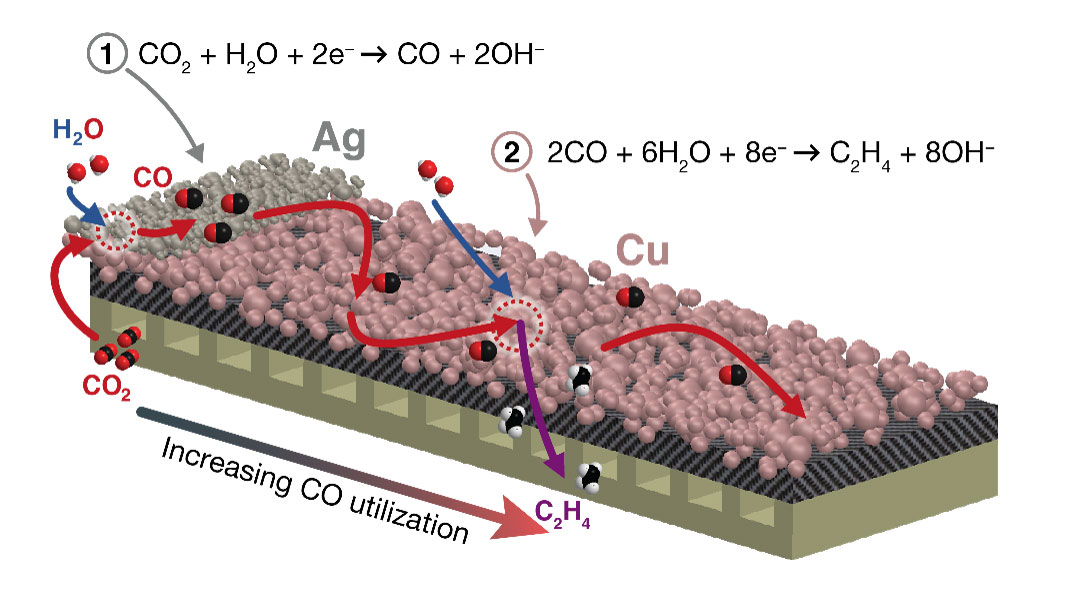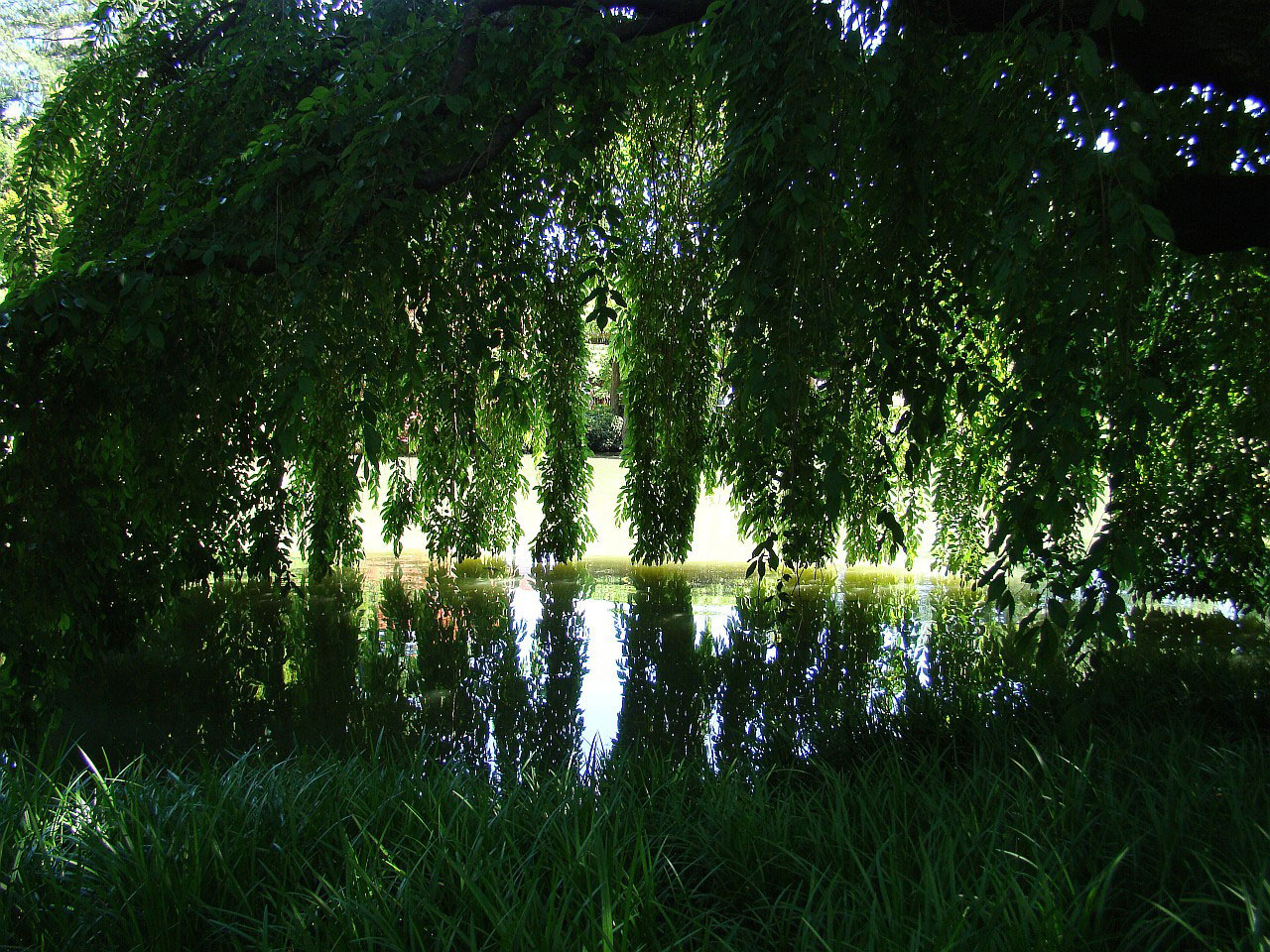
A New Tandem Catalyst Converts Carbon Dioxide into Valuable Multicarbon Products More Selectively
Electrode engineering produces unprecedented selectivity, and high rates of carbon dioxide reduction to multicarbon products.

Electrode engineering produces unprecedented selectivity, and high rates of carbon dioxide reduction to multicarbon products.

Scientists develop a new learning method that incorporates quantum chemistry descriptions with conventional machine learning to predict the properties of biochemical molecules.

Unusual filling of different sub-shells due to quantum confinement leads to a stable superatom that is also highly magnetic.

Short and long-range electron transfer compete to determine free-charge yield in organic semiconductors.

Researchers discover key details of how to drive photosynthesis in the shade by studying far-red light acclimation in cyanobacteria.

Neural networks determine the amplitude and phase of X-ray pulses, enabling new, high-resolution quantum studies.

Using two methods is better than one when it comes to observing how solar cells form and improving cell properties.

Scientists capture the short-lived hydroxyl-hydronium pair and the induced dynamic response in ionized liquid water in unprecedented detail.

Novel molecular beam scattering apparatus that uses a liquid flat jet can study chemical reactions at the gas liquid interface of volatile liquids.

Ultrafast electrons shed light on the web of hydrogen bonds that gives water its strange properties, vital for many chemical and biological processes.

Monitoring photo-excited electrons in real time with nanometer sensitivity reveals strengths and weaknesses in a common light-harvesting material.

Researchers have improved understanding of the photodissociation of pyruvic acid in the atmosphere.